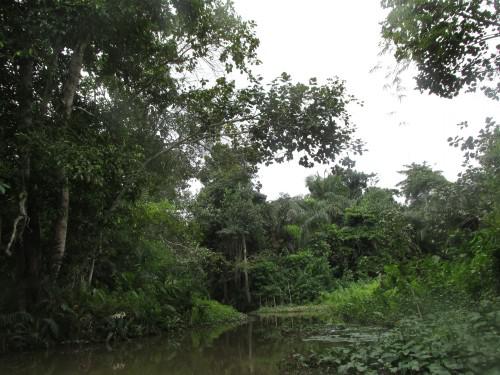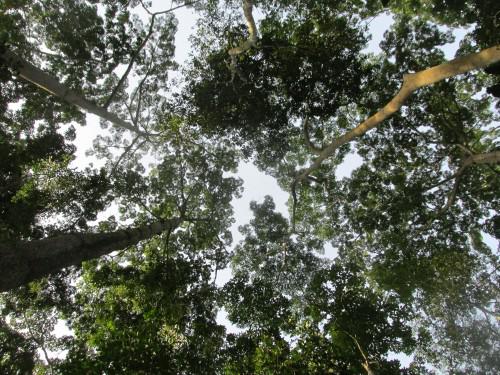Stanislas Zanvo
Other projects
16 Jun 2022
Ecology and Conservation of the White-Bellied Pangolin in the Swamp Forest of Lokoli in Benin (West Africa)
15 Mar 2024
Assessing Post-Release Ecology of White-Bellied Pangolins Rescued from Illegal Trade in the Dahomey Gap using both Radio Telemetry and Camera Trapping
To quantify local communities’ commitment to live in harmony with nature in the context of emerging zoonotic diseases

Swamp forest of Lokoli.
Recent outbreaks of emerging zoonotic diseases (Ebola, Lassa fever) make people view the relics of semi-evergreen rainforests in the Dahomey Gap as source of hazard. So, it urges to understand how local communities will modify their commitment to live in harmony with nature and develop a psychological model of people’s acceptance to conserve habitats despite epidemic risks.

Lama Forest Reserve.
This project aims:
(i) to quantify the acceptance of epidemic risks among people living close to remnant forests,
(ii) to identify a parsimonious model of the variables influencing acceptance of epidemic risks,
(iii) to design interventions that promote continued commitment of local communities to conserve forest remnants,
(iv) to implement community education campaigns for minimizing controversies and ensuring the long-term conservation of remnant forests.
The Dahomey Gap is an interesting area because natural forests include forest reserves (restricted access) and community forests (free access). Difference in management may imply differential exposure to hostile attitudes in a time of paranoia consecutive to a fatal epidemic outbreak: clandestine degradation actions in forest reserves but total destruction of community forests. For preventing such ecological tragedy, the project team will undertake action with local communities as well as Services in charge of forest management and public health. First, the project will be presented to the authorities of Forest Management and Public Health Services to get these key stakeholders on board from the start.
Then, 600 households will be surveyed around 4 forest reserves (Lama, Niaouli, Pahou, Pobè) and 4 community forests (Lokoli, Ewè, Tèdozoun, Soligbozoun). The questionnaire encompasses the five factors determining the acceptance of hazards: perceived risk, perceived benefit, social trust, value similarity and personal control. Data transcription and statistical analyses will provide findings to design materials for the awareness and advocacy campaign. The awareness campaign will reinforce the commitment of local people in conservation around the 8 sampled forests. Advocacy will indirectly tackle the issue in Southern Benin and the remaining Dahomey Gap through collaboration between Beninese Forest and Public Health Services and their colleagues in Togo and Ghana concerning the management of epidemic outbreaks.